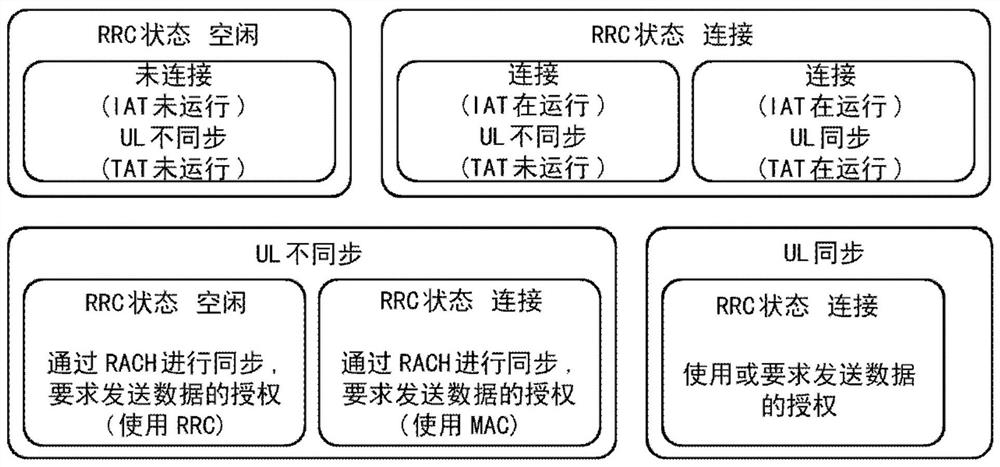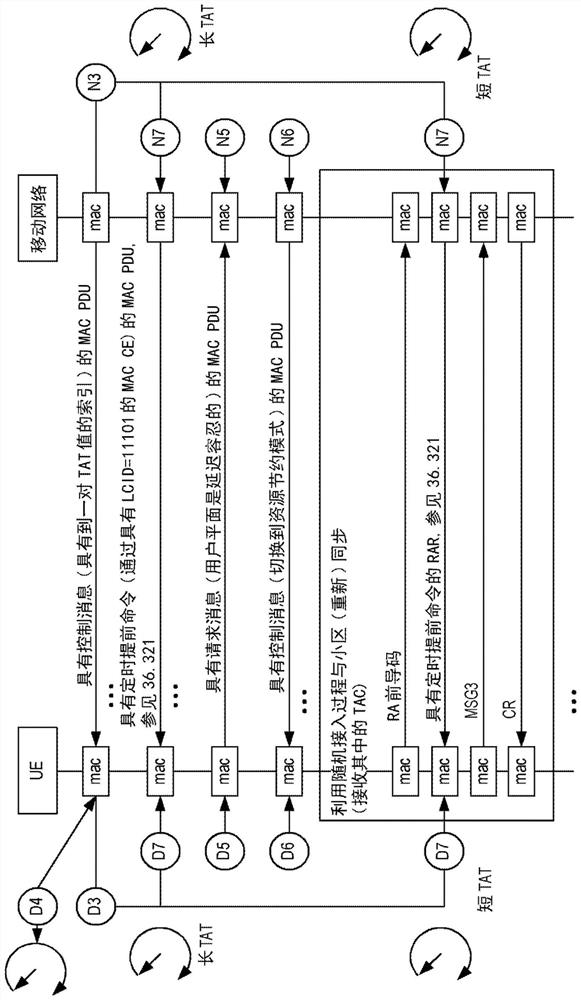Inactive processing of devices with delay tolerant traffic
A technology of delay tolerance and equipment, applied in network traffic/resource management, wireless communication, electrical components, etc.
- Summary
- Abstract
- Description
- Claims
- Application Information
AI Technical Summary
Problems solved by technology
Method used
Image
Examples
Embodiment Construction
[0037] For purposes of simplicity and illustration, the invention will be described primarily with reference to exemplary embodiments of the invention. In the following description, numerous specific details are set forth in order to provide a thorough understanding of the present invention. It will be apparent, however, to one skilled in the art that the present invention may be practiced without these specific details. In this specification, well-known methods and structures have not been described in detail so as not to unnecessarily obscure the invention.
[0038] The physical capacity of a mobile communication network depends on various resources; an important one is used for the Physical Uplink Control Channel (PUCCH). One main purpose of the PUCCH is to provide dedicated channel resources for user equipment (UE) to request permission from the network to use the uplink shared channel (UL-SCH) for dedicated data transmission. The UE may send a scheduling request (SR) as...
PUM
 Login to View More
Login to View More Abstract
Description
Claims
Application Information
 Login to View More
Login to View More - R&D
- Intellectual Property
- Life Sciences
- Materials
- Tech Scout
- Unparalleled Data Quality
- Higher Quality Content
- 60% Fewer Hallucinations
Browse by: Latest US Patents, China's latest patents, Technical Efficacy Thesaurus, Application Domain, Technology Topic, Popular Technical Reports.
© 2025 PatSnap. All rights reserved.Legal|Privacy policy|Modern Slavery Act Transparency Statement|Sitemap|About US| Contact US: help@patsnap.com



